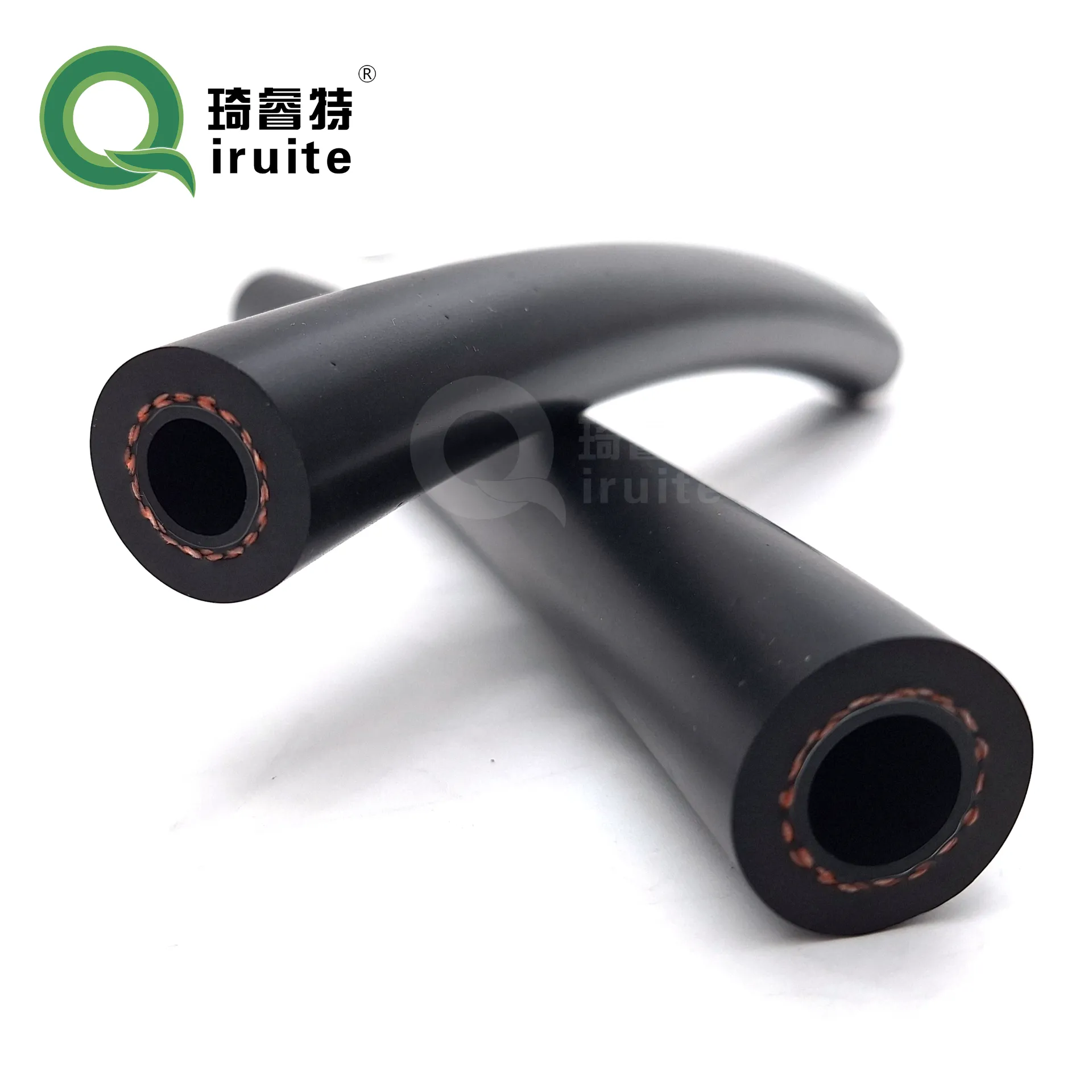how to fix a high pressure power steering hose
How to Fix a High Pressure Power Steering Hose
Power steering systems are essential for the smooth operation of your vehicle, allowing for easier handling and maneuvering, especially at lower speeds. However, a high-pressure power steering hose can develop leaks or damage over time, leading to decreased steering performance and potential complications if not addressed promptly. This article will guide you through the steps to fix a high-pressure power steering hose.
Understanding the Role of the High-Pressure Power Steering Hose
The high-pressure power steering hose is a crucial component that connects the power steering pump to the steering gear or rack. It is designed to handle the high pressures generated by the power steering pump, delivering hydraulic fluid necessary for power-assisted steering.
Signs of a Bad High-Pressure Hose
Before you attempt any repairs, it's important to identify the symptoms of a faulty power steering hose. Common signs include
1. Steering Difficulty If you notice more resistance when turning the steering wheel, it may signal a problem with the power steering system, potentially due to a hose issue. 2. Fluid Leaks Look for puddles of reddish or clear fluid under your vehicle. This is a strong indicator of a leak in the power steering system. 3. Noisy Steering If you hear whining or groaning noises when turning the wheel, it may suggest low fluid levels due to a leak. 4. Warning Light Some vehicles have a power steering warning light that may illuminate when there’s an issue.
Tools and Materials Needed
To fix a high-pressure power steering hose, you will need the following tools and materials
- New high-pressure power steering hose - Wrench set - Screwdriver set - Pliers - Towels or rags - Power steering fluid - Safety goggles and gloves
Step-by-Step Guide to Fixing a High-Pressure Power Steering Hose
Step 1 Safety First
Before you begin any repairs, ensure your vehicle is parked on a level surface, turn off the engine, and engage the parking brake. Wear safety goggles and gloves to protect yourself from grease and fluid.
how to fix a high pressure power steering hose

Step 2 Locate the Hose
Open the hood of your vehicle and locate the power steering pump. Identify the high-pressure hose connected to the pump. You may need to consult your vehicle's service manual for specific details regarding your model.
Step 3 Remove the Damaged Hose
Using the appropriate wrench, carefully loosen the fittings on both ends of the high-pressure hose. Be prepared for some hydraulic fluid to leak out, so have towels or rags on hand to catch any spills. Once both ends are disconnected, remove the hose from the vehicle.
Step 4 Install the New Hose
Take the new high-pressure power steering hose and compare it to the old one to ensure they're the same length and fit. Install the new hose by connecting one end to the power steering pump and the other to the steering gear or rack. Tighten the fittings securely, but avoid overtightening, which can damage the components.
Step 5 Refill the Power Steering Fluid
After installing the new hose, check the power steering fluid reservoir level. If it’s low, add the appropriate power steering fluid as specified in your vehicle's manual. This ensures that the power steering system has enough fluid to operate correctly.
Step 6 Test for Leaks
Start the engine and turn the steering wheel from lock to lock several times to circulate the fluid and eliminate air from the system. Inspect the new hose and fittings carefully for any signs of leaks. If you see any fluid escaping, turn off the engine and tighten the fittings as needed.
Conclusion
Fixing a high-pressure power steering hose is a manageable task for those with basic mechanical skills. By following these steps, you can restore the functionality of your power steering system and ensure a smoother driving experience. However, if you're unsure or uncomfortable with this repair, it’s always best to consult with or hire a professional mechanic to avoid further complications. Regular maintenance and inspection of your power steering system can help prevent issues, keeping your vehicle in optimal condition.
-
Ultimate Spiral Protection for Hoses & CablesNewsJun.26,2025
-
The Ultimate Quick-Connect Solutions for Every NeedNewsJun.26,2025
-
SAE J1401 Brake Hose: Reliable Choice for Safe BrakingNewsJun.26,2025
-
Reliable J2064 A/C Hoses for Real-World Cooling NeedsNewsJun.26,2025
-
Heavy-Duty Sewer Jetting Hoses Built to LastNewsJun.26,2025
-
Fix Power Steering Tube Leaks Fast – Durable & Affordable SolutionNewsJun.26,2025

